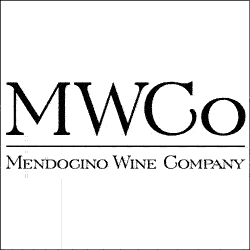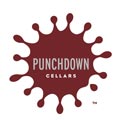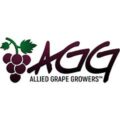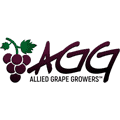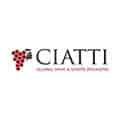Mendocino County’s wine industry recently gained positive attention, highlighted by Wine Enthusiast naming it the 2024 Wine Region of the Year, recognizing its commitment to organic and sustainable viticulture practices. This accolade has boosted Mendocino’s reputation among wine enthusiasts, drawing increased interest and visibility to local wineries.
To accommodate ongoing industry needs, Redwood Valley Cellars recently expanded storage capacity by leasing the former Dunnewood Winery facility. This strategic investment provides additional space to manage excess bulk wine inventory, demonstrating confidence in the long-term potential of the region despite current market challenges.
As the 2025 harvest approaches, the grape crop looks promising, potentially rivaling the abundant 2023 harvest. The cooler-than-average summer, while slightly delaying vine growth, has enhanced flavor development, particularly beneficial for varieties like Chardonnay and Pinot Noir. Growers are proactively managing vineyards by thinning crops to focus on quality, aligning yields with current market demands.
However, Mendocino still faces significant headwinds. The grape market remains sluggish, with wineries cautious about signing new contracts due to existing high inventory levels. Consequently, many growers are scaling back vineyard inputs or temporarily mothballing blocks to reduce costs. Brokers anticipate another challenging year, noting a substantial amount of fruit may remain unharvested, echoing last year’s scenario where thousands of tons of grapes went unsold.
Pricing continues to be pressured, notably affecting Chardonnay, Mendocino’s leading varietal. Last year, Chardonnay prices dropped significantly, averaging around $1,016 per ton—the lowest in over a decade. Cabernet Sauvignon has shown more resilience, although spot market prices have been notably depressed, indicating weak demand overall. Reds, particularly Pinot Noir, face severe oversupply challenges, prompting some growers to convert vineyards to other varietals or reduce acreage.
The bulk wine market reflects these oversupply issues, with approximately 25 million gallons of wine available statewide. Buyers remain selective, with Pinot Noir notably struggling to find demand. Sauvignon Blanc and Pinot Gris/Grigio are experiencing relatively better market activity, although at reduced prices. Wineries are increasingly storing wines longer, holding out for improved market conditions.
Direct-to-consumer (DTC) strategies are evolving as wineries respond to declining tasting room visits. Mendocino wineries are enhancing visitor experiences through events like “Taste Mendocino” and community-focused gatherings. Despite these efforts, overall DTC shipments have notably decreased, with local wineries experiencing significant declines in direct-order volumes. Additionally, visitor spending per visit has dropped, prompting wineries to bolster loyalty programs and highlight the county’s organic and sustainable advantages.
Market trends reveal younger consumers shifting away from traditional wine consumption patterns, exploring lower-alcohol and alternative beverages. While Cabernet Sauvignon has regained some market interest, Chardonnay demand has slowed significantly, and Pinot Noir faces critical oversupply. Sauvignon Blanc and Pinot Gris/Grigio are relative bright spots in an otherwise challenging market.
Labor remains an ongoing concern, with recent labor activism in neighboring counties influencing discussions about vineyard wages. Advocacy for higher farmworker wages further pressures growers, who already face tight profit margins. Nonetheless, Mendocino growers are committed to navigating these labor dynamics responsibly.
Economically, Mendocino County stands at an important crossroads, balancing the potential of a robust upcoming harvest with significant market oversupply issues. The coming months will be critical as growers and wineries innovate to sell their products. Despite immediate challenges, Mendocino’s sustainability initiatives, collaborative community spirit, and adaptive business strategies provide reasons for cautious optimism moving forward.





